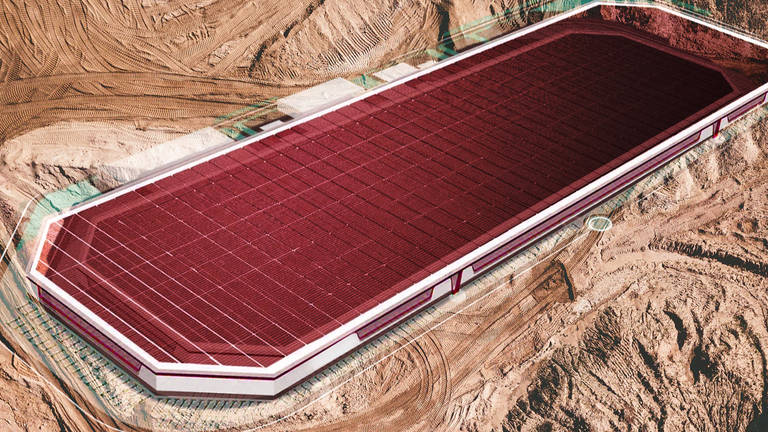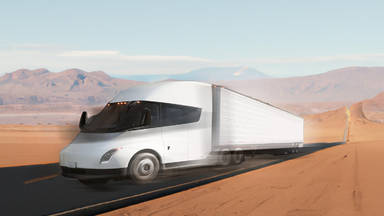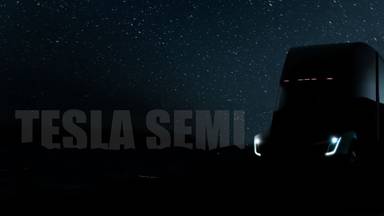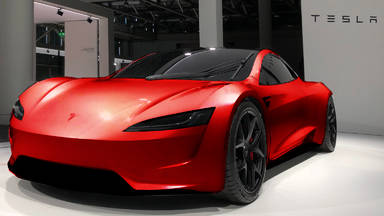
Tesla currently has 4 Gigafactories with some in construction and others rapidly expanding. The term digger factory was invented by Elon Musk that refers to a battery plant with the production output so large that it goes into the unit GigaWatt-hour. Gigafactory One, Tesla's first Gigafactory in Reno, Nevada has a production capacity of 35 Gigawatt-hours and is the world's highest volume battery plant.
In hindsight, this may seem like a large amount, however, in Tesla's Q1 2020 conference call, Elon Musk hinted at an upcoming TeraFactory. A terawatt-hour is a unit which translates to 1,000 Gigawatt-hours. In amount that is over 28 times larger than Tesla's Gigafactory One. Imagine having 28 "Gigafactory One" plants, all combined into one gigantic building. Let's go deep into the numbers to determine the production capacity in vehicles of the upcoming TeraFactory.
Tesla's upcoming TeraFactory will eventually use the new technology achieved in Tesla's secret project codenamed Roadrunner which seeks to reduce battery manufacturing cost down to 100 dollars per kilowatt-hour. We know that the TeraFactory which will produce a cyber truck will not be in California as Musk has already stated that the TeraFactory would be in the Midwestern U.S. California is where Tesla is currently running its pilot production line for the Roadrunners battery cells. But hosting the battery investor day in Texas implies that the TeraFactory will be built also in Texas.
In 2019, Tesla's Gigafactory One allowed for an output of approximately 367,500 vehicles. If Tesla were to build a TeraFactory, this would mean that Tesla would have a production capacity 28 times greater than the Gigafactory One. Tesla's TeraFactory would have the capacity to deliver over ten million vehicles, assuming the battery size is equivalent to each vehicle in 2019.
With at least 500,000 pre-orders, the cyber truck has already shown that it has a lot of demand. A TeraFactory would mean that Tesla could be able to meet that demand and allow the company to move on to the next phase of production.
With more vehicles in production this would also mean higher profit margins. Since Tesla will be able to mass-produce cyber trucks on a larger scale, Tesla's team would become faster at production as they continue to become more skilled. We have seen this happen in Tesla's Q1 2020 earnings, where Tesla's margin excluding credits, increased due to the fact that Tesla's team began to become more efficient at manufacturing the Model 3.
With an output in the the Terawatts, Tesla's new Gigafactory would also require a great deal of resources. Elon Musk has once discussed getting into the lithium mining business, and in same earnings call, Tesla's team discussed vertically integrating to the maximum extent.
Just a couple hundred miles away from Tesla's Gigafactory One, there is an area named Lithium Valley with a huge amount of easily exploitable lithium. This area lies between Oregon and Nevada, and is named Orovada. While this remains as speculation, it could be possible that Tesla gets into the lithium mining business.
Overall, Tesla's goal is to accelerate a transition to sustainable energies, and with the legacy automakers struggling to create Gigafactories, it is becoming clear that the gap between Tesla and legacy automakers is still continuing to widen.









